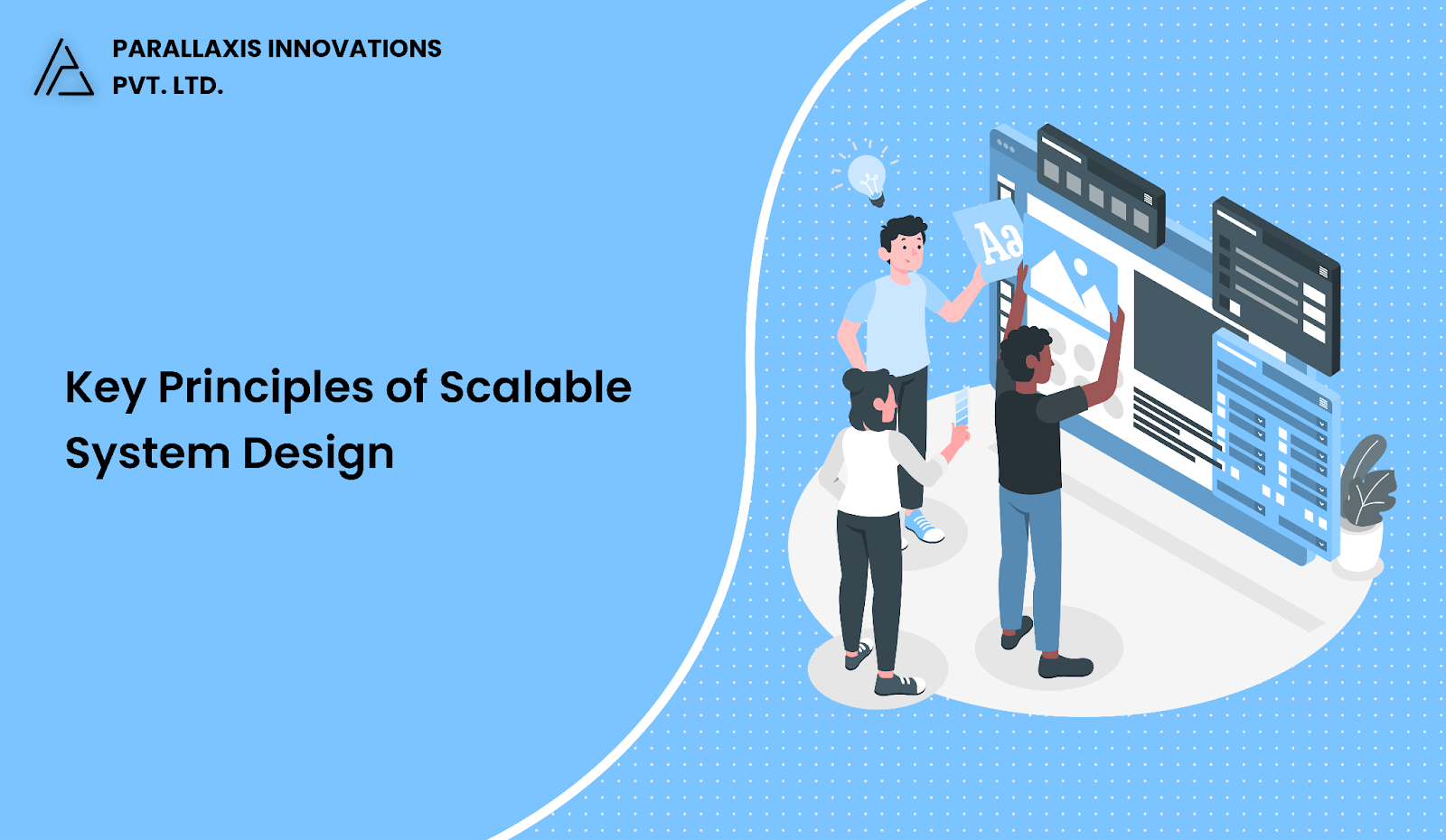Innovations
In today’s digital-first world, scalability is no longer optional, it's essential. Whether you're building a startup app or an enterprise platform, your system...

In today’s digital-first world, scalability is no longer optional, it's essential. Whether you're building a startup app or an enterprise platform, your system must be able to handle growth efficiently without compromising performance or reliability.
In this blog post, we’ll dive into the key principles of scalable system design, helping you lay the groundwork for systems that grow smoothly and sustainably.
Scalability means your system can handle more users, more data, or more traffic without slowing down or crashing.
A scalable system works well during both normal times and busy times. It should be able to grow easily without needing major changes.
There are two main approaches to scaling:
Vertical Scaling (Scaling Up): Adding more power (CPU, RAM) to a single server.
Horizontal Scaling (Scaling Out): Adding more servers or instances to distribute the load.
Modern systems typically favor horizontal scaling for better cost efficiency and fault tolerance, especially in cloud environments.
A stateless architecture ensures that each request is independent and contains all the information needed to be processed. This allows:
Easy replication of services
Better load balancing
Seamless scaling
Use external systems (like Redis or a database) to manage session data instead of storing it locally in memory.
A load balancer distributes incoming traffic across multiple servers to ensure no single machine is overwhelmed. This improves performance and reliability.
Popular tools:
NGINX
HAProxy
AWS Elastic Load Balancer (ELB)
Caching stores frequently used data in memory, so your app doesn’t have to fetch it from the database every time. This makes things faster.
Types of caching:
In-Memory Caching: Redis, Memcached
CDNs (Content Delivery Networks): Store static files (like images) closer to users
Some tasks don’t need to happen right away, like sending emails or creating reports. You can handle them in the background using job queues.
Tools for this:
RabbitMQ
Kafka
Celery
AWS SQS
This keeps your app fast and responsive, even when traffic spikes.
When your data becomes very large, a single database might slow things down.
Sharding means splitting your data into smaller parts so the load is shared.
Types:
Horizontal Sharding: Split by user (e.g., user ID)
Vertical Sharding: Split by feature (e.g., orders, users)
Auto-scaling adds or removes servers automatically based on how much traffic your app is getting.
This helps save money and keeps the system performing well.
Examples:
AWS Auto Scaling
Google Cloud Instance Groups
Kubernetes Horizontal Pod Autoscaler
Scalability is not just about building it’s about knowing when to scale and why. Implement comprehensive observability:
Monitoring: CPU, memory, traffic
Logging: Application behavior and errors
Tracing: Follow requests through distributed services
Tools: Prometheus, Grafana, ELK Stack, Datadog
Databases are often the bottleneck. Use best practices to scale your DB layer:
Indexing frequently queried columns
Read replicas for scaling reads
Write optimization techniques (batch inserts, denormalization when needed)
Even scalable systems fail. Plan for failure:
Show a backup message or page if a service is down
Use circuit breakers to stop failures from spreading
Add retry logic and timeouts for safety
Scalable system design is about planning for growth and unexpected changes. By following these core principles, you create a system that not only performs under pressure but also adapts to the demands of a dynamic world.
Whether you're building the next big SaaS platform or a simple web app, scalability is a mindset - bake it into your design from day one.